The Saalfelden Leogang is noted for its cycling, but non-cyclist Mark Bibby Jackson explores the sustainable, local tourism opportunities in this amazingly green part of Austria.
Climate change is a reality. I first realised its impact on tourism on my visit to the Aletsch Glacier in Switzerland. There I was informed the glacier I was walking across would not be here by the end of the century if temperatures continue to rise as they are now. Since then, I have returned to the Alps frequently, each visit reinforcing my initial reaction.
My most recent visit was to Saalfelden Leogang in Austria. This is a region not well-known to British travellers, and those who do come usually take advantage of the amazing bike trails – the Epic Bikepark Leogang is one of the most famous bike parks in Europe. However, as a non-cyclist I opt to climb the Leoganger Steinberg, or Leogang’s Stone Mountain.
Hiking up the Birnbachloch
My guide is Anna Heuberger, who when not leading foolhardy walkers up Alpine mountains is the Climate Adaption Manager for the Pinzgau region, which covers Saalfelden.
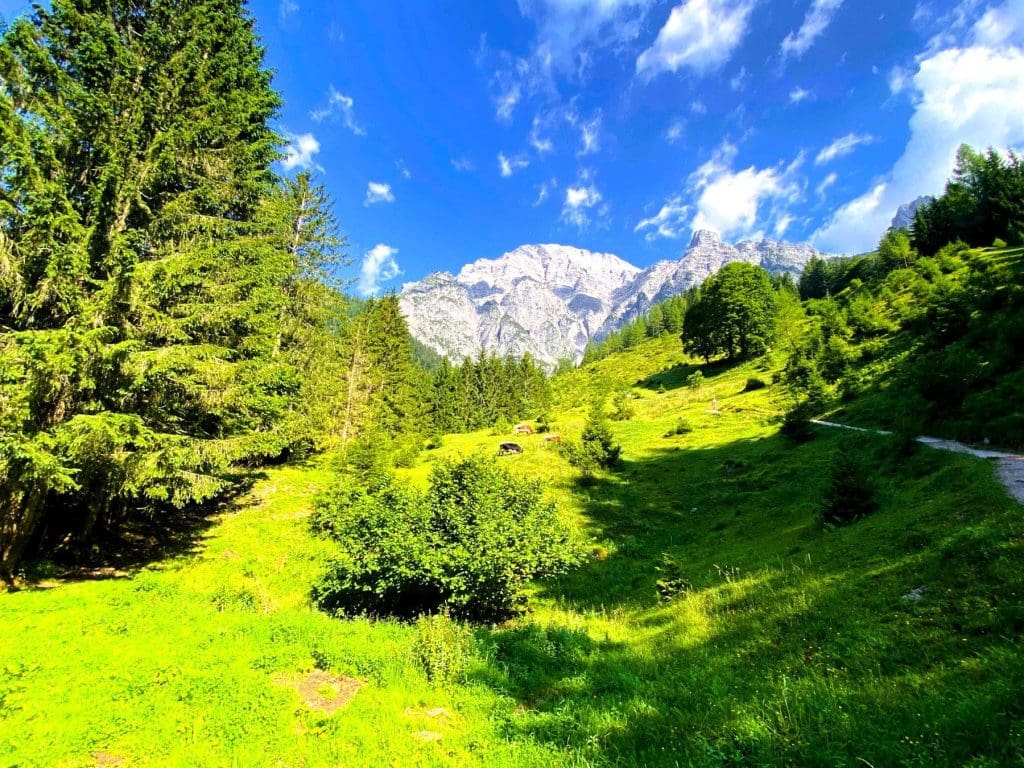
As we pass through beautiful pastures where cows quietly munch away, Anna points out that the grass here is growing faster due to climate change, making it harder to maintain. There are less cows on the hills, as it is easier for the farmers to milk them in the valleys below. All this is a problem for the biodiversity of the region. The idyllic Alpine image of carefully tended pastures might go the same way as the glaciers.
As we continue our climb from 800 to 1,200 metres, I notice several rocks that have rolled their way down the mountain. According to Anna, most of the trees around here are spruce, planted as fuel to heat water for the local salt industry. These are not particularly good in hot temperatures, nor water drought resistant, so are at risk from climate change. They also are at risk from pine beetles. A reduction in the quantity of trees increases the risk of avalanche.
The main reason for our walk is to see the Birnbachloch glacier which is the lowest-lying in Europe, although Anna argues it is actually a snow field. Just like Aletsch it is diminishing in size, but still on this hot summer’s morning it is clearly visible.
Passing the snowfield, we climb further to a cave of the same name set above a waterfall. In the middle of the small cave is a pool of water. Legend has it that if you get too close you will be sucked into the deep hole never to resurface.
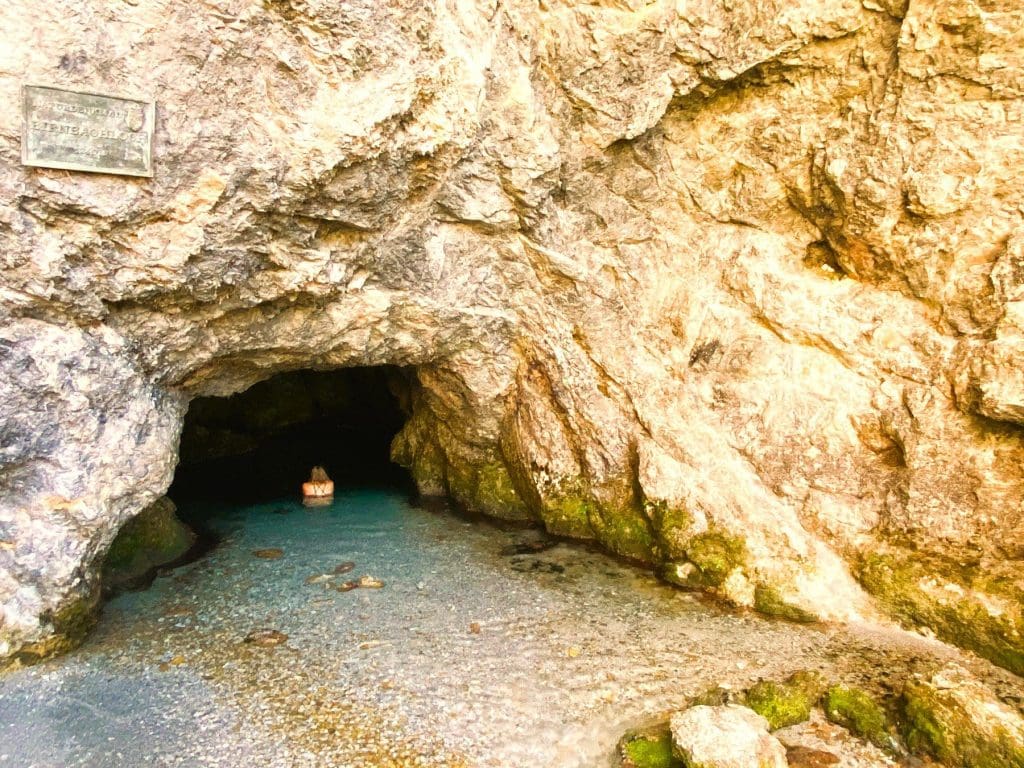
Anna knows no such fear as she strips off and ploughs into the water, while I tread more cautiously, the freezing water deterring further bravery. It certainly is invigorating. A group of north American tourists come and join us. One of their group braves the waters to accompanying applause.
On the way down, Anna indicates some pretty big boulders that giant concrete preventative measures have stopped from hurtling into the valley below. This is the main challenge that Anna and her team face. The heavy rains bring the rocks down with them from the mountains. The government pays a lot of compensation each year to homeowners who have suffered damage in this way.
We stop at the campsite at the bottom of the mountain to enjoy our packed lunch. The walk, which is steep, but not too arduous, takes two to three hours, and takes you through beautiful changing scenery.
Relaxing at Hotel Rupertus
The previous morning, I arrived by train from Salzburg. At the station I was greeted by Gotfred in his electric car and taken to the family-run Biohotel Rupertus Leogang – Gotfred is the father of current owner Nadja Blumenkamp.
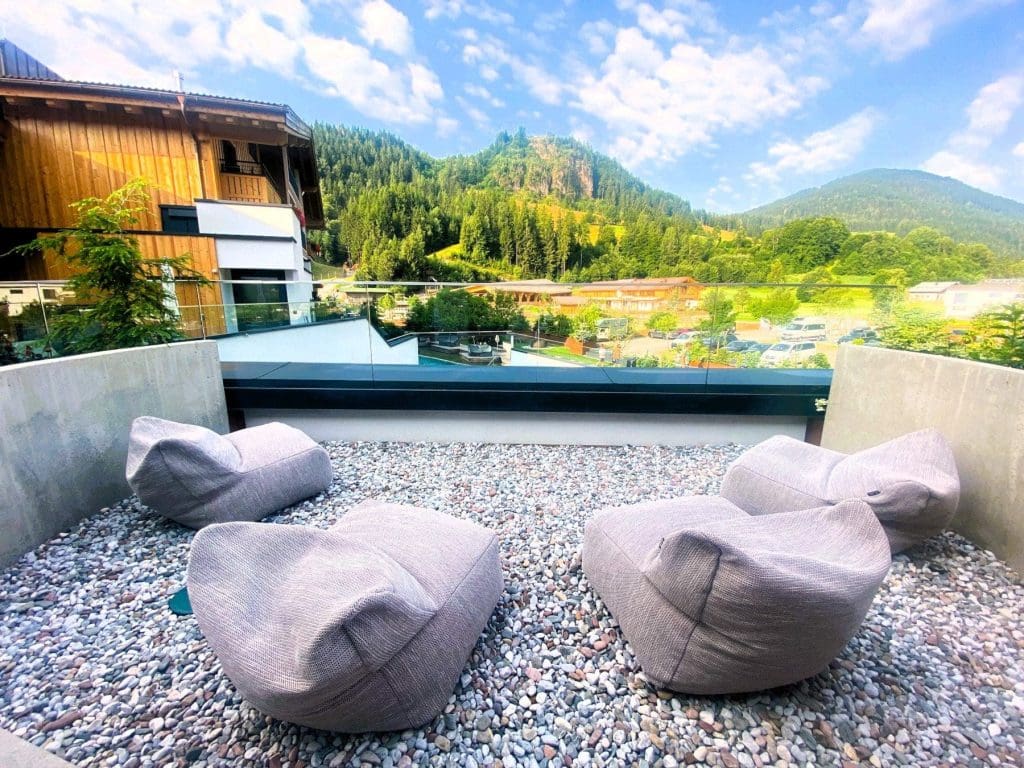
That afternoon and evening I lazed around the amazing organic hotel that has received the Austrian Eco-label and is part of Bio Hotels.
It is to here I return to enjoy the award-winning spa facilities after my hike. This extends into the evening, as I dine in the gardens watching deer descend from the mountains and then retire to my room just in time to catch the most amazing sunset. Bliss.
Mountain of the Senses – Asitzbahn Cable Car
Suitably refreshed, the following morning I take the Asitzbahn cable car up the Asitz Mountain.
Leogang is very much a community. They have a communal biomass boiler which reduces their carbon footprint, as well as the Loigom shuttle, which consists of two electric buses that transport tourists for free (€1 for locals) to 22 stops around the town. This is handy as the town stretches some 17 kilometres along the main road. You also receive an electronic Saalfelden Leogang Card, which allows two free return trips on the cable car each day. I received mine upon checking into the hotel.
It is this that I use to access the mountain.
The views are amazing as we ascend through the pine forest. I can even hear the birds chirping away. The cable car station is less than five minutes’ walk from Biohotel Rupertus, with its last descent at 4.30 pm.
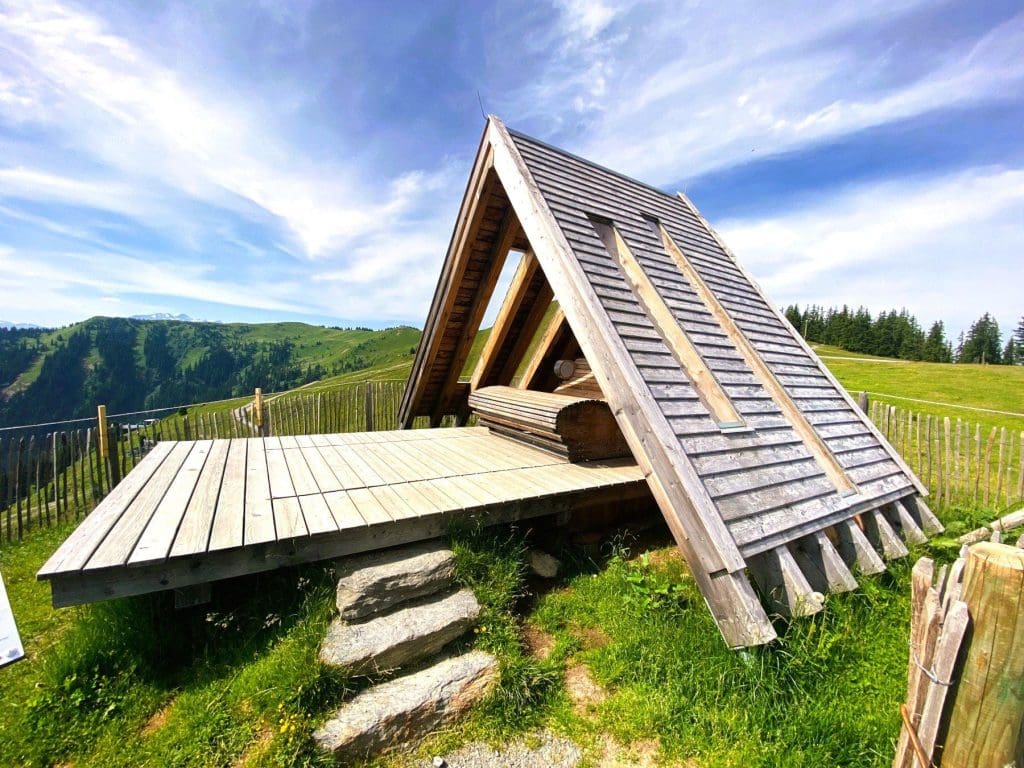
At the top, I start by listening to some yodelling in one of the five cabins – the TONspur Islands – built here to play music from concerts. It is most relaxing.
Following the well-marked trail, I pass the most beautiful horse grazing in the pastures, which reminds me of what Anna said the previous day; cows are the ‘gourmet’ grazers using their tongues, so we need more horses and goats to eat all the grass. Shortly afterwards, I see a couple of lambs struggling from the heat in the shade of the cable car stanchion.
Along the way, I pass lots of areas for kids to do some activities, breaking up the journey for them and their parents. The inner child in me could not refuse having a go on the trampoline, which was uplifting, in all senses.
I follow my trail to the Naturkino am Asitz, or the Cinema of Nature, where the film on show is the amazing beauty of the surrounding countryside with its spectacular panorama. However, the most amazing view, even on a slightly overcast day, is from the Grosser Asitz at 1,914 metres. Here you can see all the roads and paths snaking their way up the mountains.
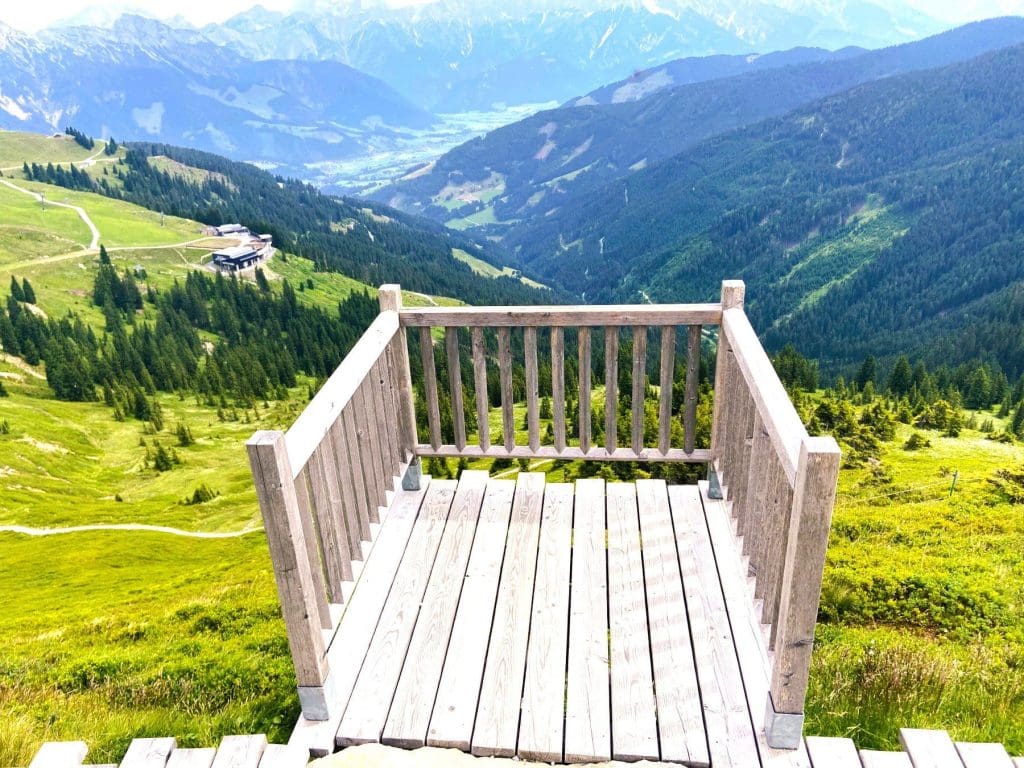
The idea behind the development of the region is to hand the cable car side of the main road to tourism and entertainment, while the other side, where I trekked with Anna the previous day, is preserved for nature. It seems a successful formula.
I could have remained here enjoying the mesmerising views, fresh air and vast green spaces for hours. But I had an appointment with Thomas Wurzinger from the tourism association at Hotel Mama Thresl – which has a fantastic tarte flambée – before a farm visit on the other side of the road.
Organic Farming in Saalfelden Leogang
It comes as no surprise to learn that 74% of farmers in Leogang are organic, just like the Hotel Rupertus. Nor to discover that the Zieferhof farm we visit has been part of a cooperative with the neighbouring farm since 2004.
Farmer Bernhard Perwein takes me on a tour of the farm, which has been organic since 1995. They use fertiliser from cows, which means they have a lower milk yield, but also allows them to charge slightly higher prices accordingly. They have 40 cows including the Red Holsteins, which apparently are a special breed to the region. Bernhard knows them all by name as if they were part of the family. They also have some piglets which are fed on the whey produced from the dairy farm, thus creating a circular economy.
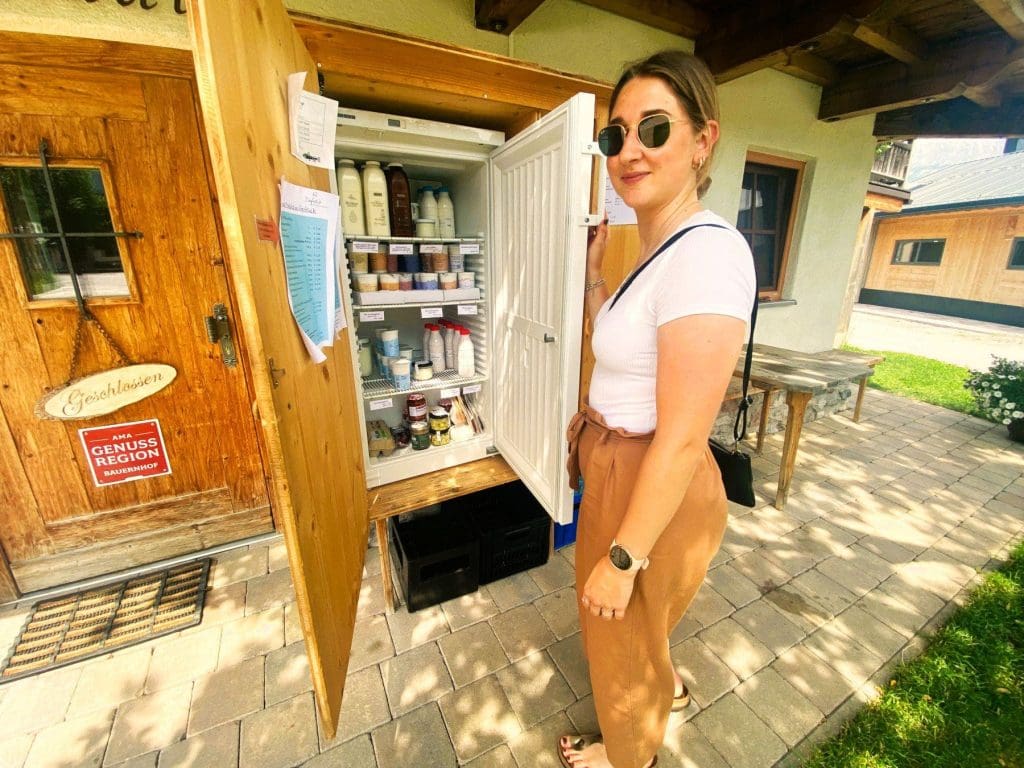
The beautiful farmhouse is three to four hundred years old. Bernhard’s family have run the farm for the past 120 years. In addition to having two apartments where guests can stay, they hold classes on how to make bread and, in the future, cheesemaking, and have just started their mozzarella production. They also have frequent school visits.
Bernhard leads us to their small shop where we taste their cheese and yoghurt – the latter with blueberries was amazing. They also sell products made from saffron, which is farmed next door. The whole experience reminds me of my trip the previous year to the nearby Wilder Kaiser region of Austria where I had a very similar local experience, staying in the family-run Hotel-Gasthoff Badhaus, which also was an organic farm.
On our way back to Rupertus we stop off at the Stechaubauer Biohof. This is a large air-conditioned larder where you can buy organic vegetables grown just across the road, with the mountains providing an amazing panoramic background.
Carbon Reduction at Leoganger Bergbahnen
It will come as no surprise for you to learn that I spent my final evening relaxing around Rupertus’ spa area before enjoying my last supper watching the deer in the nearby hills.
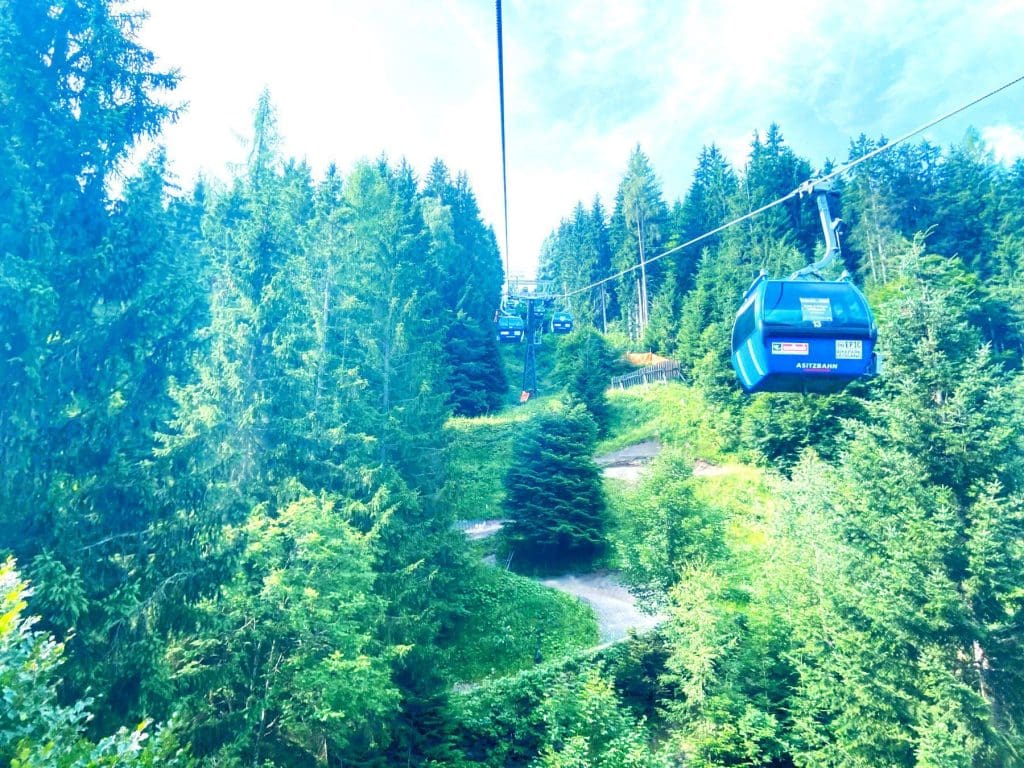
My final morning, I have an interview with Kornel Grundner, the CEO of Leoganger Bergbahnen cable car company.
He explains how Leogang as a destination is part of a pilot scheme to obtain an ecolabel from the Austrian government. Leoganger Bergbahnen has purchased HVO100 e-fuel, made from plants in Scandinavia and transported to Leogang by train, to meet its entire fuel needs for the 2023/4 season. The calculation is that this has led to a 90% reduction in the company’s CO2 emissions, taking into account the train transport.
This is part of the company’s carbon-reduction strategy in place since 2008, which has included using solar energy to power the chair lift. In the future, they hope to produce their own green energy and are looking into ways they can share this with the hotels in the area.
My meeting concluded, I have just enough time to take one more trip up the cable car to the Asitz mountain. From here I look down for the last time across the most beautiful valley, where the people are most definitely doing their bit to counteract climate change, in order to protect both the tourism industry and locals. It has been a refreshing and rejuvenating visit in all senses.
Saalfelden Leogang Photo Gallery
Things To Do in Saalfelden Leogang
Mark was invited on his journey by the Austrian National Tourism Office and Saalfelden Leogang. To learn more about what to do in the area, click here.
Getting to Saalfelden Leogang
Mark travelled by train from London St Pancras to Salzburg, where he spent a couple of days before travelling on by train to Leogang.
Hotel Rupertus
Discover more about the incredible organic hotel in Mark’s review of the Hotel Rupertus, or visit the website here.
All photos by Mark Bibby Jackson.
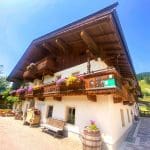
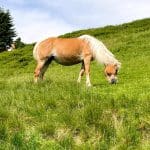
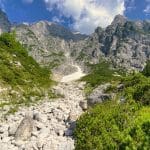
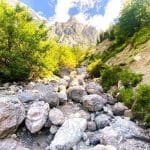
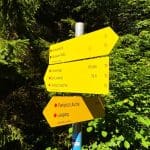
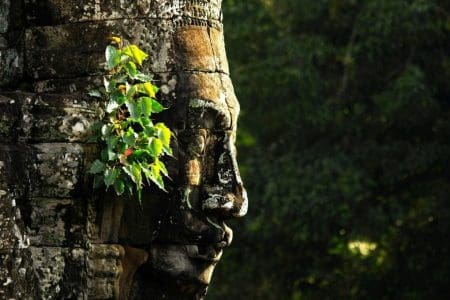
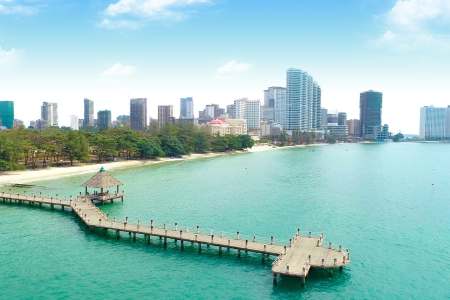
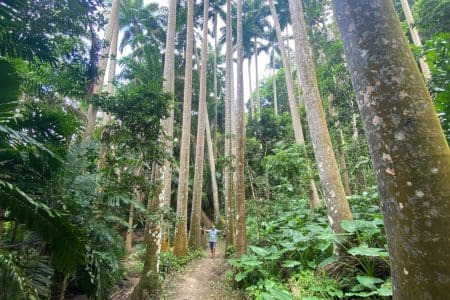
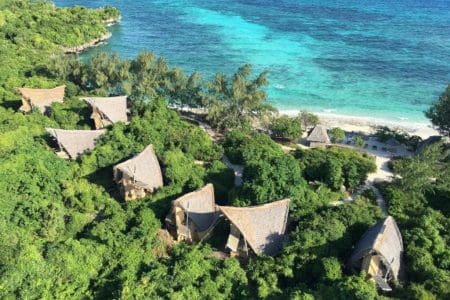
thanks for info